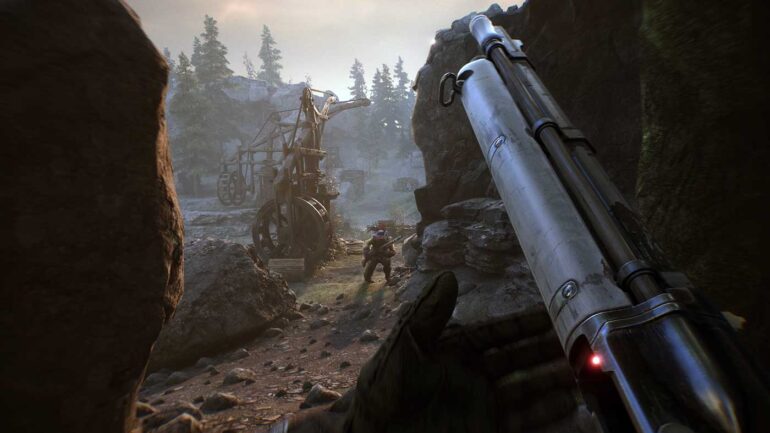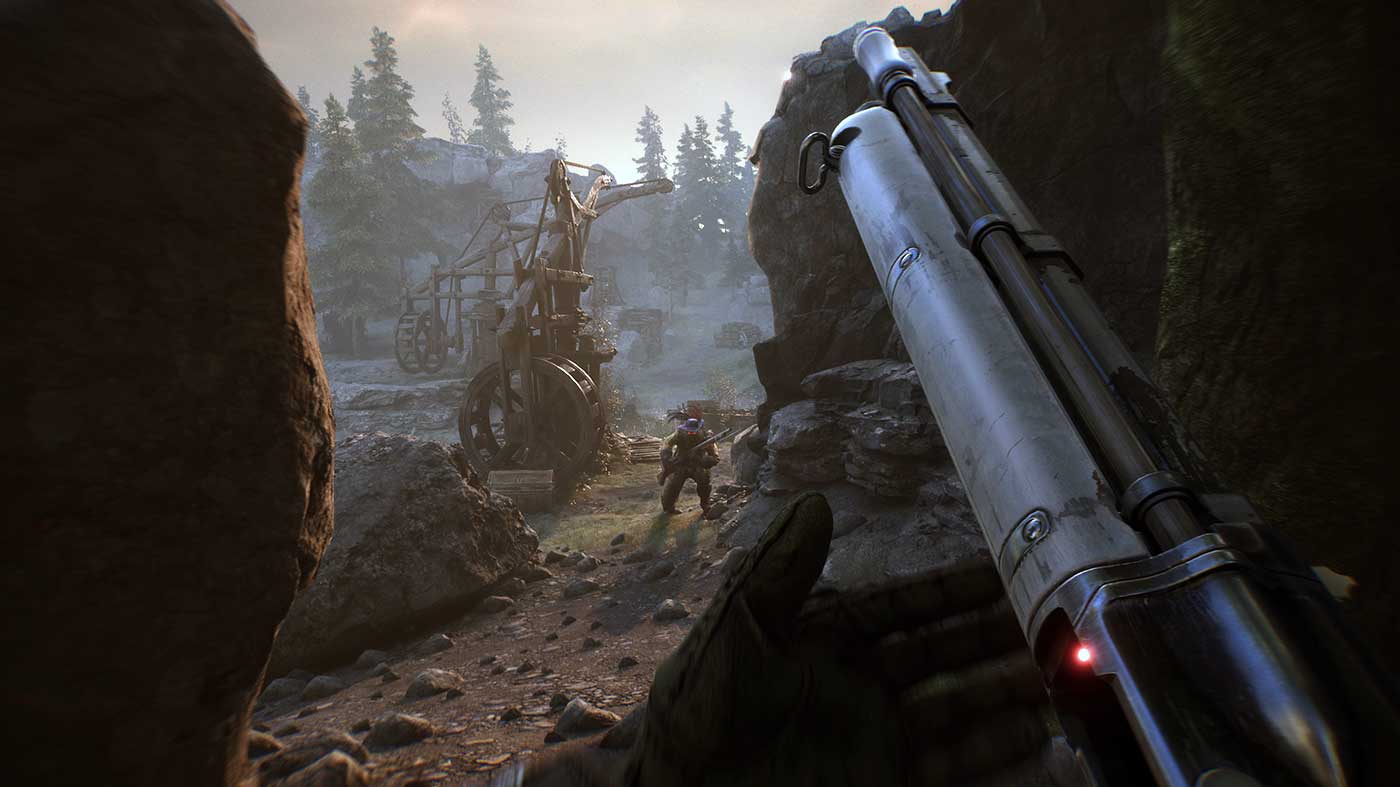Early access has become synonymous with roguelike games as of late. Between smash hits like Hades and Dead Cells, it’s clear that developing titles in this genre with the help of player feedback is invaluable. Witchfire is the next roguelike title to follow suit, with a few core differences that set it apart from the behemoths.
As a first-person shooter set in a gothic medieval world where you play as a Preyer – a supernatural witch hunter working for the Pope, Witchfire’s most immediate boon is its premise. Able to tear through demons with the power of your own magic and lethal weaponry, it’s your job to track down and expunge the witch that plagues the lands.
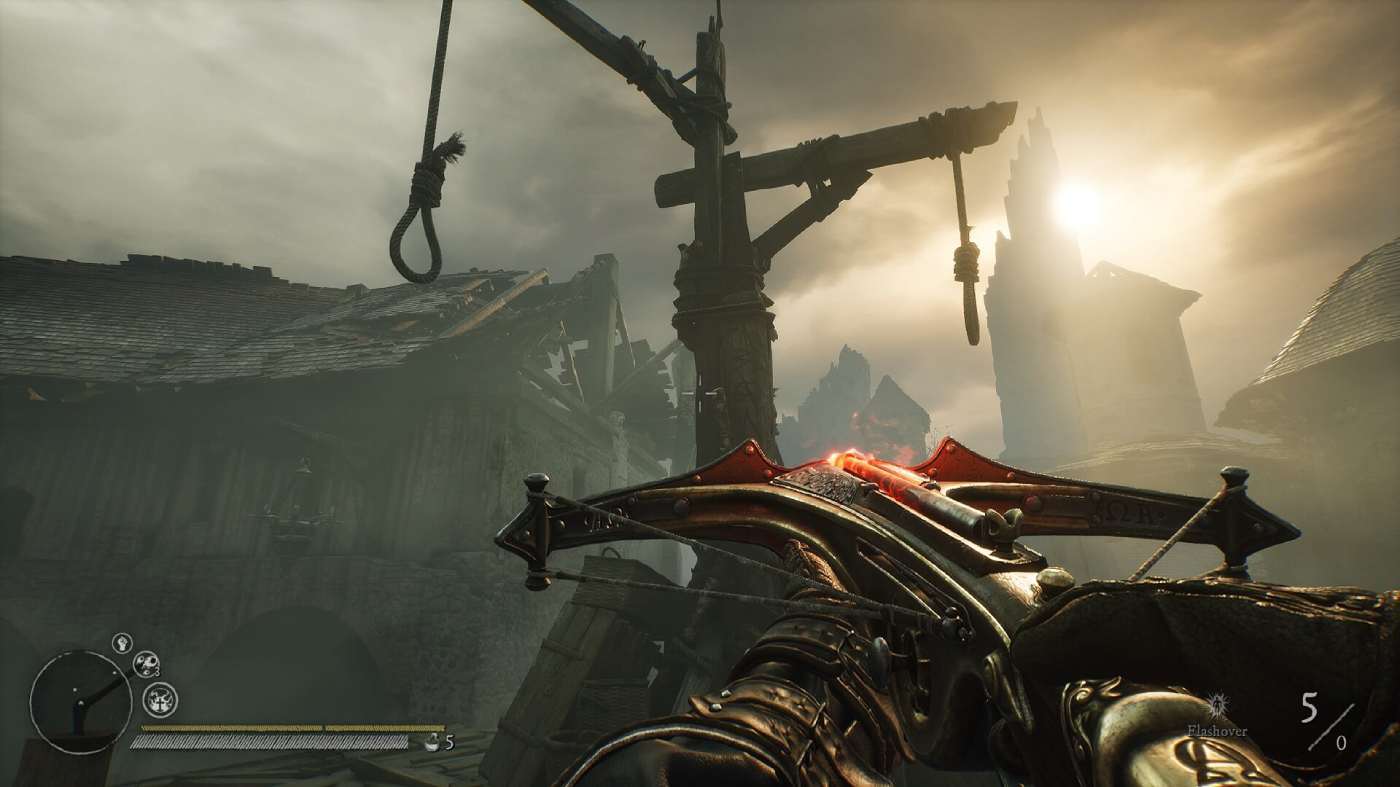
It’s a novel setup that’s light on narrative details – even by early access standards, but it’s undeniably badass. Witchfire’s core player fantasy and setting are indisputably the best parts of this experience thus far. Alternating between the destructive slinging of spells and nailing cultists with an assortment of guns is immensely satisfying once it gets going.
I say once it gets going because Witchfire is slow to start. Limitations in early equipment and abilities means your first few runs will be spent gathering resources to spend on levelling up and equipment research as you navigate its initially-confusing gameplay flow and non-linear level design. Each of its levels are exactly that – self-contained environments complete with enemy encounters and a designated boss arena.
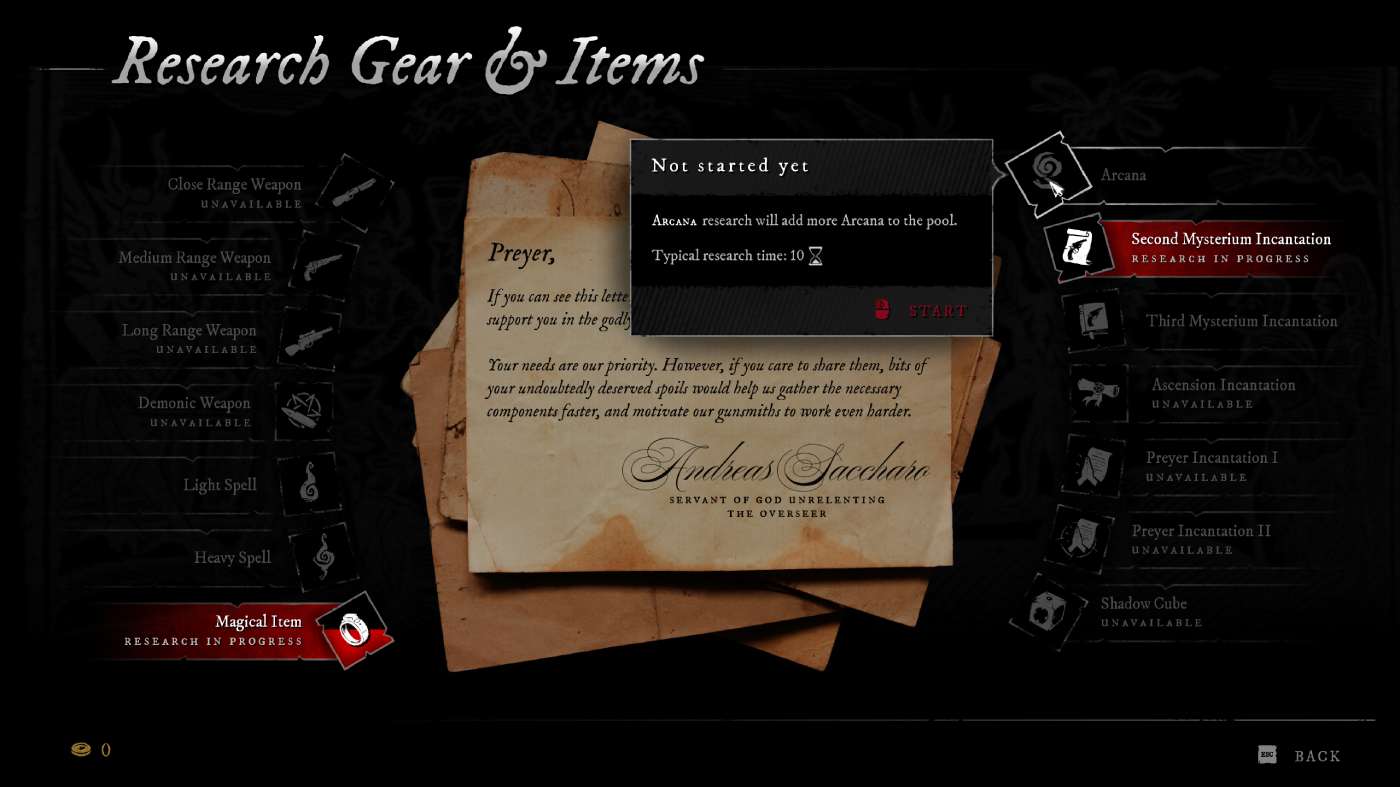
There are two relatively large levels available in early access right now; the Scarlet Coast and Irongate Castle. While each is unique in design and general setting, the overall gameplay flow in runs are similar. Each map is populated with an array of encounters of varying difficulties when you load in. A vast majority of these are small arenas with a group of enemies to dispatch.
Each kill nets you precious Witchfire – a resource used to level up that drops on death. Completing an enemy encounter in its entirety nets you a temporary buff for the rest of that run. These range from simple damage increases to bolstering your casting capacities on your spells. It allows for some fun builds at the moment but will no doubt expand further as more options are added to the game.
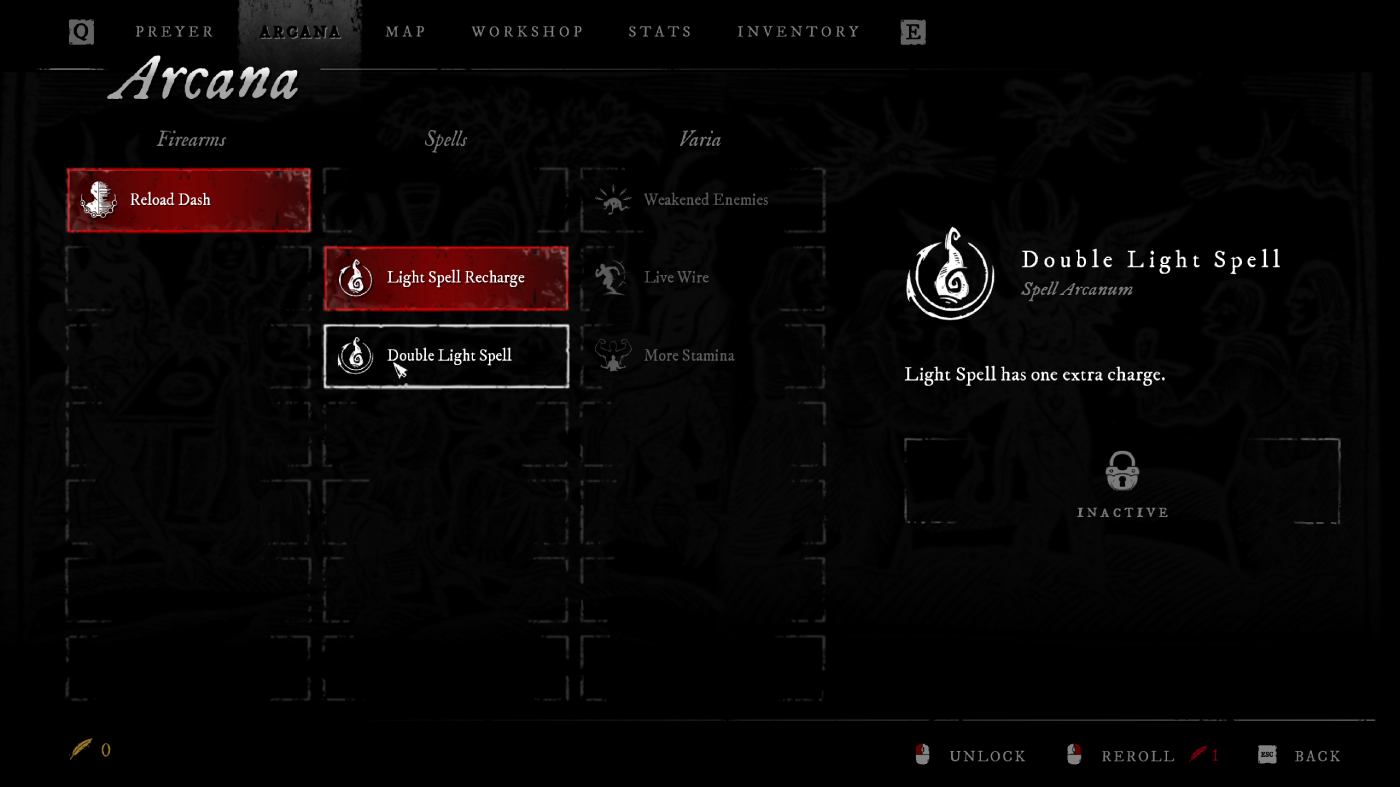
Other encounters allow you to collect treasure in exchange for gold that can be used to expedite research on new equipment that will also drop on death. While that might sound out of place given the nature of most roguelikes, Witchfire separates itself in that you can return to your home base during any given run.
Portals populate the landscape that take you back to the Shrouded Hermitorium, allowing you to trade looted goodies and Witchfire for power. It creates an inherent risk versus reward dynamic whenever you start a run. Do you hang around to get as much Witchfire as possible or retire early so as not to lose it to an untimely death? It’s a fun spin on player progression and makes each run feel meaningful because you can always make progress – even if luck isn’t on your side.
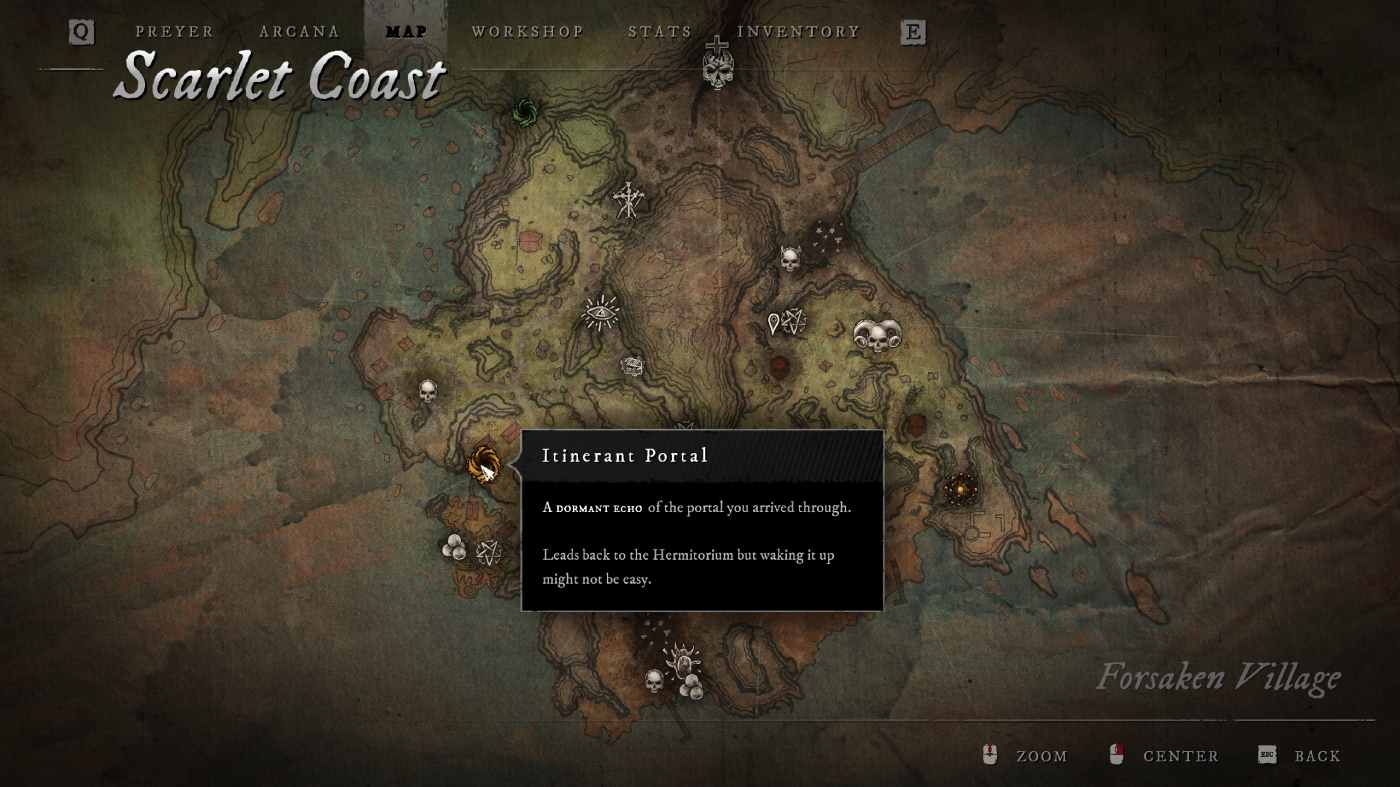
You’ll also make progress on weapon research and equipment upgrades as you gain kills throughout runs, further tying into the player progression that keeps you coming back for more. There’s a good amount of stuff to unlock here in early access too, with light and heavy spells, four distinct weapon types, accessories, and more.
While it might be tempting to farm a level for research and Witchfire, there are some systems in place to stop you from doing this. Spending too long in the Witch’s domains alerts her to your presence, and the longer you spend in a level, the more she ramps up her efforts to thwart your plans. With the core goal of eliminating powerful boss Familiars in each level, you’ll always need to be thinking about the ruckus you’re making while gathering resources.
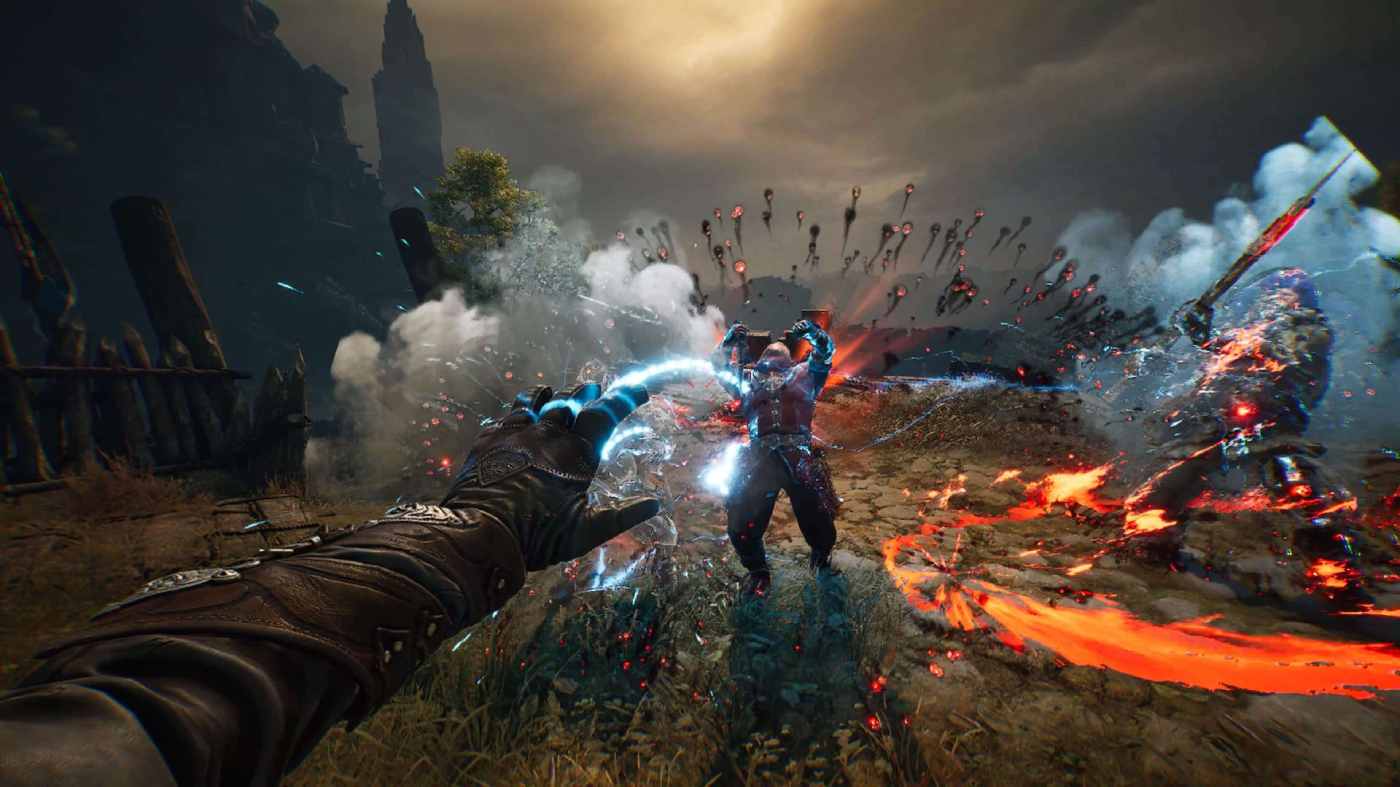
On top of that, the Preyer has a Focus system through his stamina gauge that needs to be monitored at all times. Scoring killstreaks and avoiding damage increases your overall stamina gauge and expands your options in combat, but getting hit will knock you out of it. It’s an exhilarating system that encourages you to use your movement options tactfully as you dart about the battlefield and dispatch foes.
Once you’ve settled into the rhythm, unlocked some spells, and crafted some new weapons, Witchfire starts to snowball into something unique in the genre. The moreish nature of roguelikes in combination with some tactile gunplay and a novel setting makes for a distinct aesthetic we don’t often see in games.

Witchfire isn’t without problems, though, the biggest of which are rooted in its early access nature. Healing potions, for example, are only recovered if you harvest herbs while in a level. Between the way they blend in with the environment and generally sparse population throughout the map, it’s far too common to have consecutive attempts with no access to healing.
Some of the cooler weapon types like the sniper rifle and bolt-action rifle feel comparatively weak to their rapid fire counter parts, and a few bugs halt weapon and spell progression. It’s all stuff that can be fixed during the early access period, thankfully, so hopefully the kinks get ironed out in the coming months.
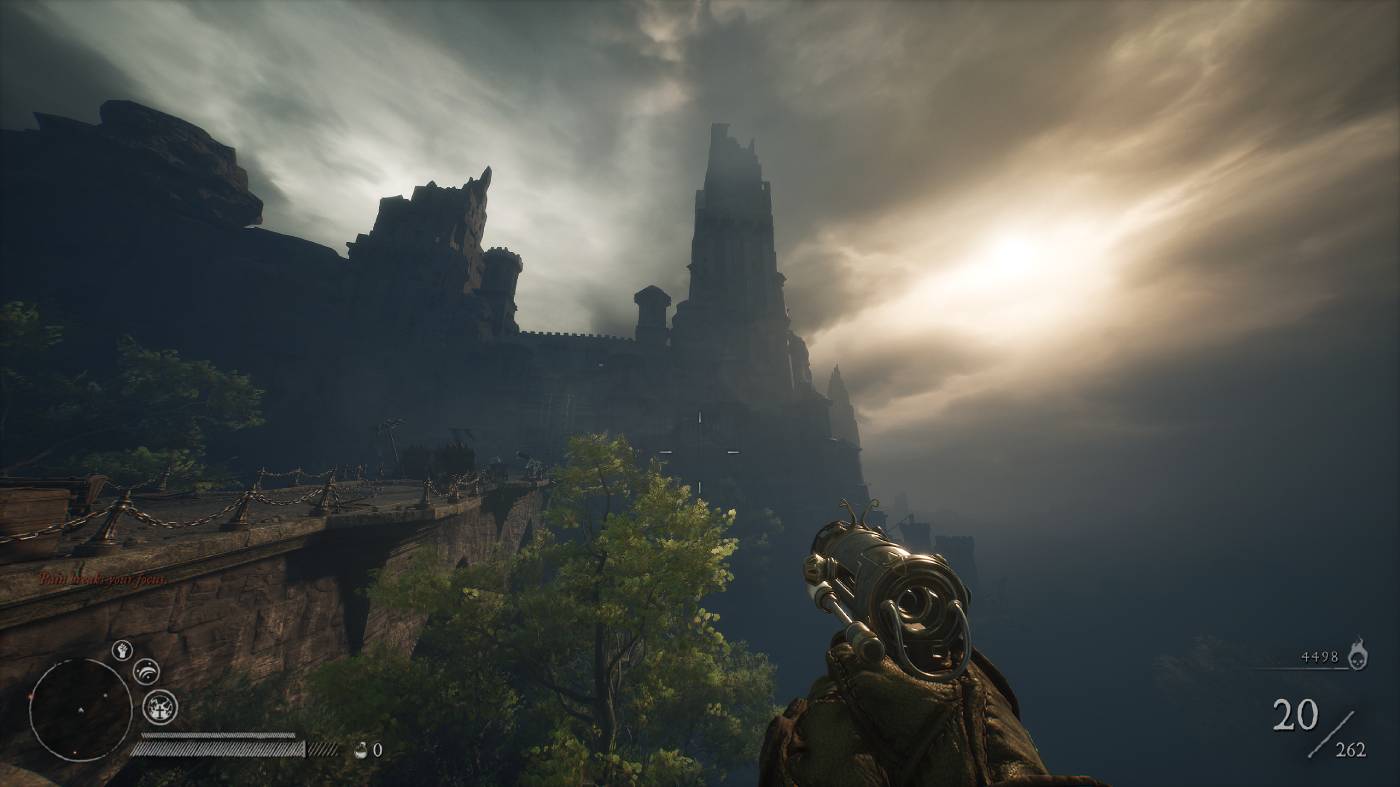
Witchfire also impresses from a visual perspective in its two early access areas. While there’s many more to come, both sport different medieval environments. The first is a hauntingly empty countryside, complete with small settlements and quarried mines. The second is a more traditional castle town that’s been completely overrun by demonic forces. Unfortunately, performance in this second area seems to struggle quite a bit on PC, which makes the whole experience more difficult than it already is.


